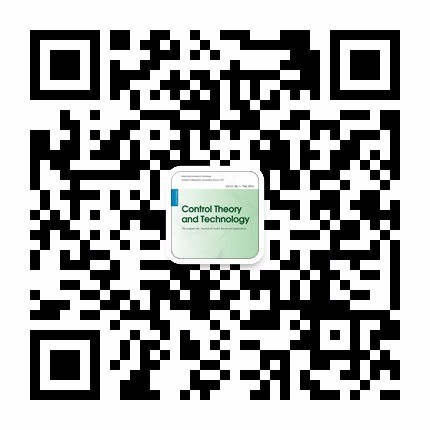| 摘要: |
|
| 关键词: |
| DOI: |
| Received:November 29, 2010Revised:April 05, 2011 |
| 基金项目:This work was supported by the National Natural Science Foundation of China (Nos. 60874044, 60904038), the Research Foundation for Key Disciplines of Beijing Municipal Commission of Education (No. XK100060422). |
|
| Output feedback adaptive DSC for nonlinear systems with guaranteed L-infinity tracking performance |
| Xiuduan YU,Xiuxia SUN,Yan LIN,Wenhan DONG |
| (Engineering College, Air Force Engineering University;School of Automation Science and Electrical Engineering, Beijing University of Aeronautics and Astronautics) |
| Abstract: |
| In this paper, the problem of output tracking for a class of uncertain nonlinear systems is considered. First, neural networks are employed to cope with uncertain nonlinear functions, based on which state estimation is constructed. Then, an output feedback control system is designed by using dynamic surface control (DSC). To guarantee the L-infinity tracking performance, an initialization technique is presented. The main feature of the scheme is that explosion of complexity problem in backstepping control is avoided, and there is no need to update the unknown parameters including control gains as well as neural networks weights, the adaptive law with one update parameter is necessary only at the first design step. It is proved that all signals of the closed-loop system are semiglobally uniformly ultimately bounded and the L-infinity performance of system tracking error can be guaranteed. Simulation results demonstrate the effectiveness of the proposed scheme. |
| Key words: Dynamic surface control Neural networks Output feedback Backstepping control Adaptive control |

